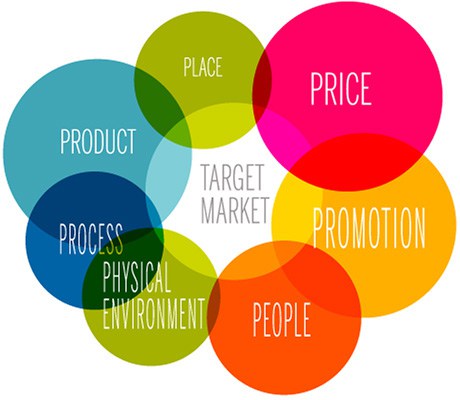Difference between revisions of "8.3 Determining the viability of Design Solutions"
Jump to navigation
Jump to search
(Created page with "==8.3a Assess design solutions viability== #The design solutions impact on user lifestyles: Designers aim to prove the viability of new products and show that they will have a...") |
(No difference)
|
Revision as of 06:44, 5 May 2021
Contents
- 1 8.3a Assess design solutions viability
- 2 How well the product performs
- 3 Technical difficulty of manufacture
- 4 Stock availability of materials and components
- 5 Costs and profit
- 6 Timescales involved
- 7 Promotion, brand awareness and advertising potential
- 8 Balancing supply and demand
- 9 Market analysis of similar products
8.3a Assess design solutions viability
- The design solutions impact on user lifestyles: Designers aim to prove the viability of new products and show that they will have a positive impact on user lifestyles.
- For example, mobile phones have had a large impact on user lifestyles as they have become lighter and able to complete more computational tasks.
- These solutions could also have negative impacts on user lifestyles, using the mobile phone example again, fewer people are communicating face-to-face and getting out.
How well the product performs
- Feasibility studies confirming that a product will meet performance standards are vital if the product is to be viable.
- Companies want the user to perceive the need for a product and will spend a lot of time and money trying to research user needs and wants through many different forms, such as questionnaires.
Technical difficulty of manufacture
- A major deciding factor in the production of a product is the costs associated with the difficulty of its manufacture.
- Designers and manufacturers aim to reduce the costs of manufacturing by adapting and simplifying products to make them easier to produce.
Stock availability of materials and components
- The availability of stock or ease of obtaining materials can have a large impact on the viability of some products.
- Studies will need to take place to ensure materials and components are easily available prior to manufacture. the following problems can occur if this is not done.
- a material is not available in sufficient quantities or availability is unreliable.
- it will cost a significant sum to buy in
- there is a long lead time
- there is strong competition for the materials or parts.
- the materials have an impact on sustainability.
Costs and profit
- The need for companies to generate profit means that feasibility studies to carefully plan cost implications and the ability for a product to make a profit.
- Types of costs to consider are:
- Factory rent/mortgage (fixed)
- Power (mixed cost)
- Insurance (Fixed)
- Wages (Variable costs)
- Miscellaneous expenses (variable costs)
- Machinery (fixed)
- Materials (variable cost)
- Tooling (variable cost)
Timescales involved
- The timescales involved in bringing a product to market are vitally important.
- A product brought too late to the market where a competitor has a large market share can mean real problems in gaining sales and could mean a product and all its related investments will not longer be commercially viable.
- Another timescale must be factored into a feasibility study is obtaining protection of design ideas through intellectual property rights to ensure ideas can not be stolen.
Promotion, brand awareness and advertising potential
- Marketing often dictates the success of a product and its associated commercial viability.
- If consumers are unaware that a product exists, they are unlikely to buy it.
- Companies often use brand awareness and brand identity to cross sell products. As a consumer, you are more likely to buy another product from the same company if you have had a positive experience.
Balancing supply and demand
- Keeping demand and supply in balance is a constant struggle. The consequences of poor customer service, high inventories, cash flow difficulties, and failure to meet planned business goals lead companies in search of a process to better manage the delicate balance of demand and supply.
Market analysis of similar products
- During the product development and after its launch, companies often perform a range of feasibility studies looking at other competitor products, sales trends, marketing promotions and opportunities in new markets.
- During development stages, market analysis is primarily focused on similar products already available to consumers.
- Analysis simply looks at sales trends to show the popularity of a certain product range within a market to determine demand.
- Key terms:
- Brand awareness
- Brand identity
- Electronic point of sale (EPOS)
- Feasibility study.
- Fixed costs.
- Variable costs.

